ISSN electrónico: 1885-5210
DOI: https://doi.org/10.14201/rmc2020164331336
VIRUS (2013): THE ROLE OF PASSIVE IMMUNIZATION IN TIMES OF EPIDEMIC
Virus (2013): El rol de la inmunización pasiva en tiempos de epidemia
Jorge PORRAS-GUILLERMO; Amador FLORES-BRICEÑO
Facultad de Medicina Humana, Universidad Privada Norbert Wiener, Lima (Perú).
Correo electrónico: jorgeporrasguillermo@gmail.com
Technical details
Original title: Virus (2013).
Country: South Korea.
Year: 2013.
Director: Sung-su Kim.
Music: Tae-seong Kim.
Photography: Mo-gae Lee.
Film editor: Na-young Nam.
Screenwriter: Young-jong Lee, Sung-soo Kim, Jae-ho Jung.
Cast: Jang Hyuk, Su-Ae, Cha In-pyo, Park Hyo-ju, Lee Hee-jun, Lee Sang-yeob, Andrew William Brand.
Duration: 122 minutes.
Genre: action, drama, science fiction.
Production Companies: iLoveCinema, iFilm Co.
Synopsis: «The worst epidemic ever seen is sweeping Bundang, a suburb of Seoul. After introducing a series of illegal immigrants into the country, Byung-woo dies from an unknown virus. Soon after, the same symptoms appear in other residents of the area. The people feel helpless against a virus that is transmitted through the air and the number of affected people is growing rapidly, causing chaos. Trying to avoid the worst of expectations, the city, where more than 19 million inhabitants live, prepares to completely close its borders according to government orders. Meanwhile, viral specialist In-hye and rescue worker Ji-goo head into town to obtain a “patient zero” blood sample, a crucial part of the investigation to try to make a vaccine» (Filmaffinity).
Links:
https://www.imdb.com/title/tt2351310/?ref_=ttpl_pl_tt
https://www.filmaffinity.com/es/film695844.html
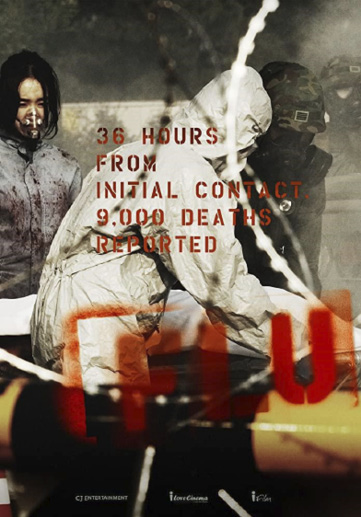
Action: Seoul (Korea). Current era. American poster.
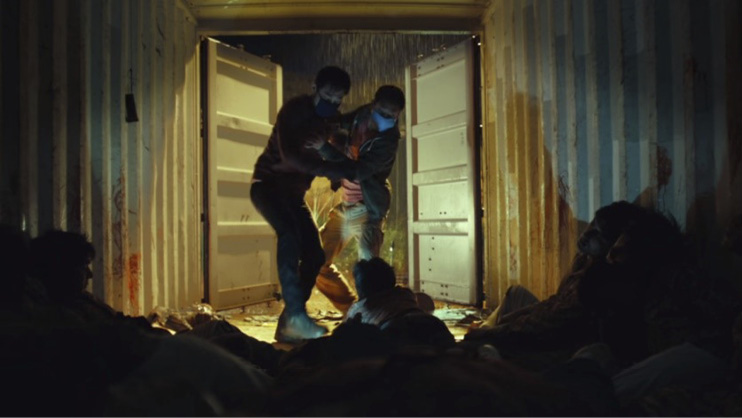
Photo 1. Beginning of the epidemic, where a container full of corpses victims of a deadly virus and a survivor are observed.
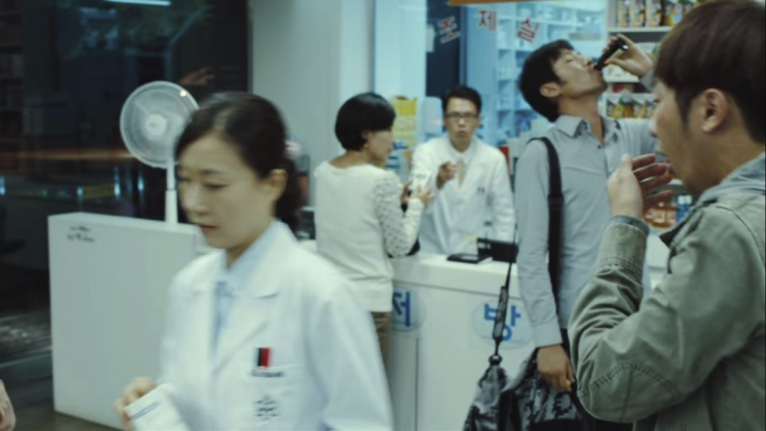
Photo 2. Spread of the virus in the social environment.
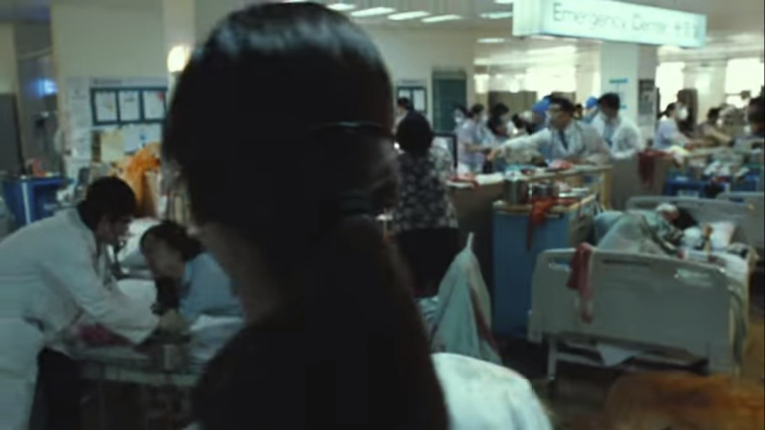
Photo 3. Collapse of the health system due to the increase in cases of people infected with the virus.
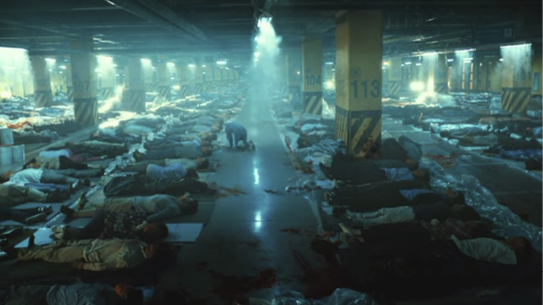
Photo 4. Massive deaths caused by the virus.
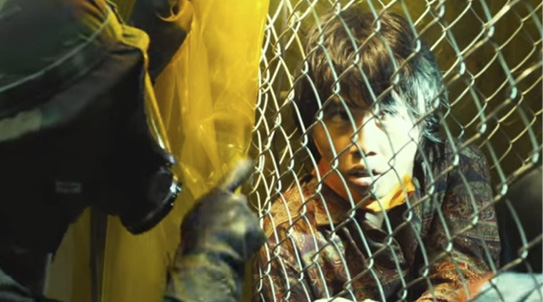
Photo 5. Identification of a person who is immune to the virus.
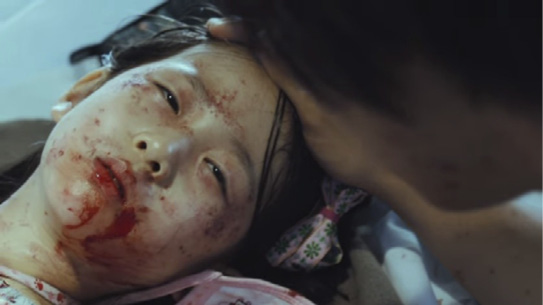
Photo 6. Infected person near to receive passive immunization therapy.
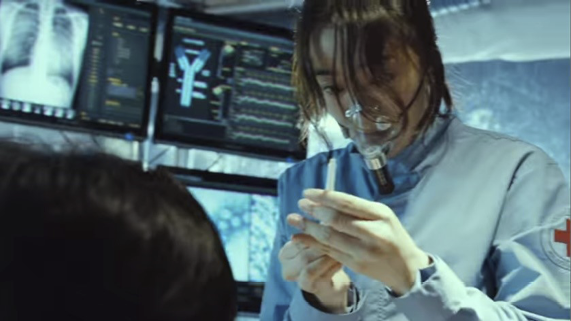
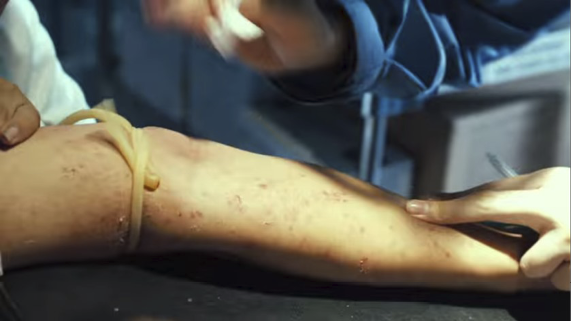
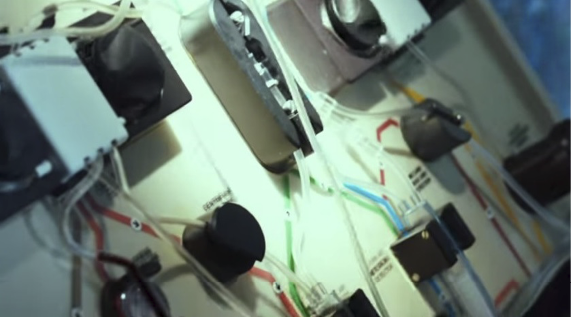
Photo 7. Process of obtaining and processing a blood sample from a patient who developed immunity to the virus.
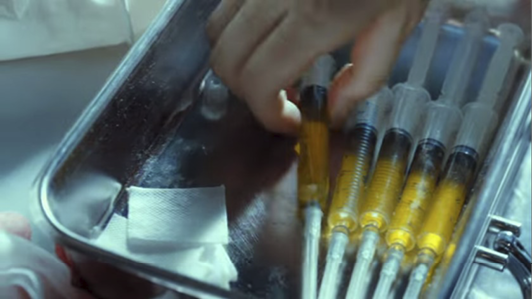
Photo 8. Blood plasma with immune characteristics of the donor.
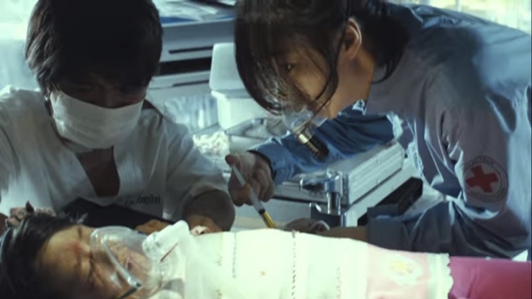
Photo 9. Administration of donor blood plasma to an infected person.
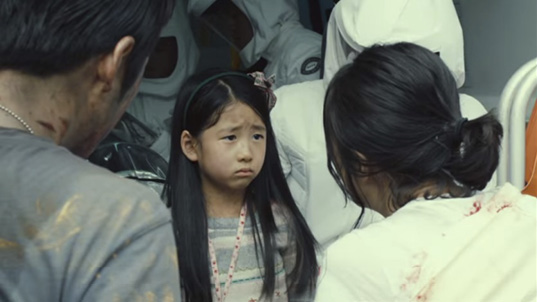
Photo 10. Person in apparent good health after receiving passive immunization therapy.